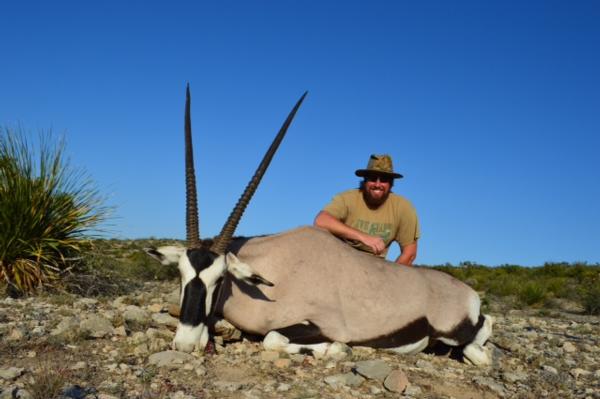Texas Hunting is more than just a pastime—it’s a deeply rooted tradition that dates back generations. With its vast and varied landscapes, from piney woods in the east to desert terrain in the west, the state offers diverse opportunities for hunters of all skill levels. Whether pursuing whitetail deer, wild hogs, or migratory birds, the Lone Star State stands as one of the top hunting destinations in the United States.

One of the most appealing aspects of Texas hunting is the wide variety of game available throughout the year. Whitetail deer remain the most sought-after species, with Texas boasting the largest population in the country. However, hunters can also pursue mule deer, turkey, quail, dove, waterfowl, and the ever-growing population of feral hogs. This abundance makes Texas hunting ideal for both seasoned hunters and those new to the sport.
Texas hunting is also unique due to the predominance of private land. Unlike many states where public hunting grounds are common, over 95% of land in Texas is privately owned. This means most hunting takes place on leased or personally owned property. As a result, hunting leases are big business in Texas, offering access to prime habitats for a fee. Many landowners provide amenities like lodging, guided hunts, and even game management services, further enhancing the Texas hunting experience.
For those interested in public land opportunities, Texas hunting still offers accessible options. The Texas Parks and Wildlife Department (TPWD) manages several Wildlife Management Areas (WMAs) across the state. These lands are open to the public through annual permits, which allow hunters to access thousands of acres of well-managed terrain. Whether you’re bowhunting in the Hill Country or tracking waterfowl along the coast, public land Texas hunting remains a viable option for budget-conscious hunters.
Texas hunting seasons are structured to ensure sustainable populations and ethical practices. Each species has specific regulations, including bag limits, hunting methods, and seasonal dates. For example, whitetail deer season generally runs from early November to January, while turkey seasons vary between spring and fall. The TPWD regularly updates these guidelines, and any hunter participating in Texas hunting is responsible for staying current with the latest rules.
One of the most exciting aspects of Texas hunting is the opportunity to hunt exotic species. Because of Texas’s extensive private ranch system, landowners have introduced non-native animals like axis deer, blackbuck antelope, and even African species like aoudad and kudu. These animals can often be hunted year-round, providing a unique twist to traditional Texas hunting. Many hunters from across the country travel to Texas specifically to pursue these rare game species.
Feral hogs are another major component of Texas hunting. These invasive animals have exploded in population, causing millions of dollars in agricultural damage annually. As a result, there are virtually no restrictions on hog hunting in Texas—no closed season, no bag limit, and no hunting license required on private land. This makes Texas hunting an ideal opportunity for those looking to make a real impact while enjoying a challenging hunt.
Youth involvement is also a strong focus in Texas hunting culture. Programs like Texas Youth Hunting Program (TYHP) aim to educate and mentor the next generation of hunters. These initiatives provide guided hunts, safety courses, and outdoor education for kids aged 9 to 17. With the right guidance, young hunters gain a deep appreciation for conservation and the responsibilities that come with Texas hunting.
In addition to its recreational appeal, Texas hunting contributes significantly to the state’s economy. The industry supports thousands of jobs, from outfitters and guides to taxidermists and gear manufacturers. Each year, hunters spend millions of dollars on licenses, equipment, travel, and lodging. These expenditures not only fuel local economies but also fund conservation efforts through fees and excise taxes—a win-win scenario that keeps Texas hunting thriving.
Another important aspect of Texas hunting is conservation. The TPWD, along with private landowners and conservation groups, work tirelessly to maintain healthy game populations and habitats. Efforts include controlled burns, invasive species management, and habitat restoration. Hunters themselves play a vital role, acting as stewards of the land. Through ethical practices and active participation in conservation initiatives, they help ensure that Texas hunting remains sustainable for generations to come.
For those planning a Texas hunting trip, preparation is key. Depending on the species and region, hunters may need specialized gear, clothing, and permits. Many opt to hire local guides, especially when targeting less common species or hunting in unfamiliar terrain. Guides can offer valuable insight, increase success rates, and provide a safer experience overall. No matter your level of expertise, proper planning enhances the overall Texas hunting experience.
In conclusion, Texas hunting offers an unparalleled blend of tradition, opportunity, and adventure. With its rich biodiversity, expansive private lands, and strong community of passionate outdoorsmen and women, the state continues to be a leader in the national hunting scene. Whether you’re after trophy whitetail or helping control the feral hog population, Texas hunting promises an unforgettable experience steeped in both history and purpose.
